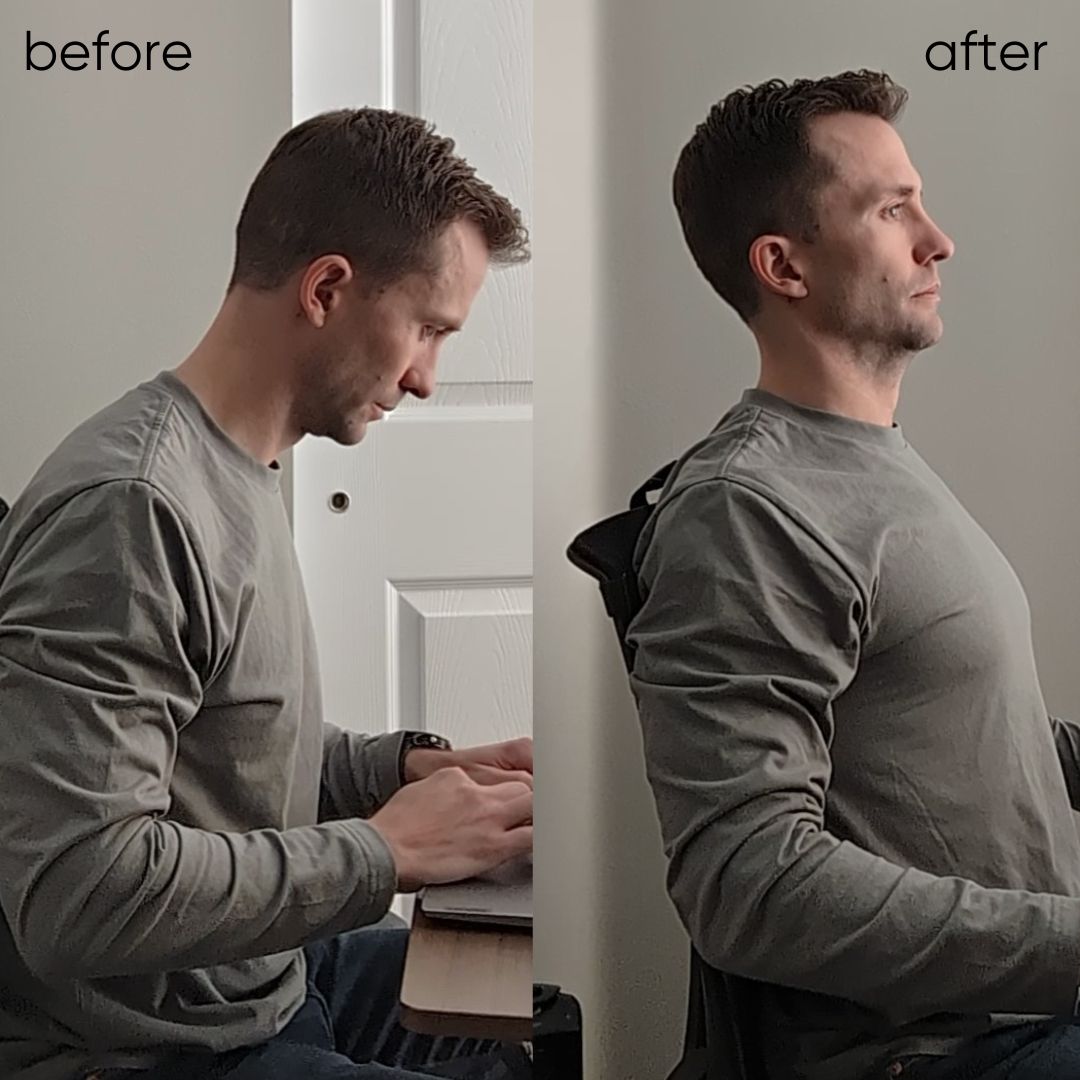What is the science behind Baxby?
POSTURE CORRECTING CUSHION FOR LASTING RELIEF FROM NECK, SHOULDER, AND BACK TENSION

posture correcting cushion & PRogram for lasting relief from neck, back, and shoulder tension

Title
WHAT IS BAXBY?
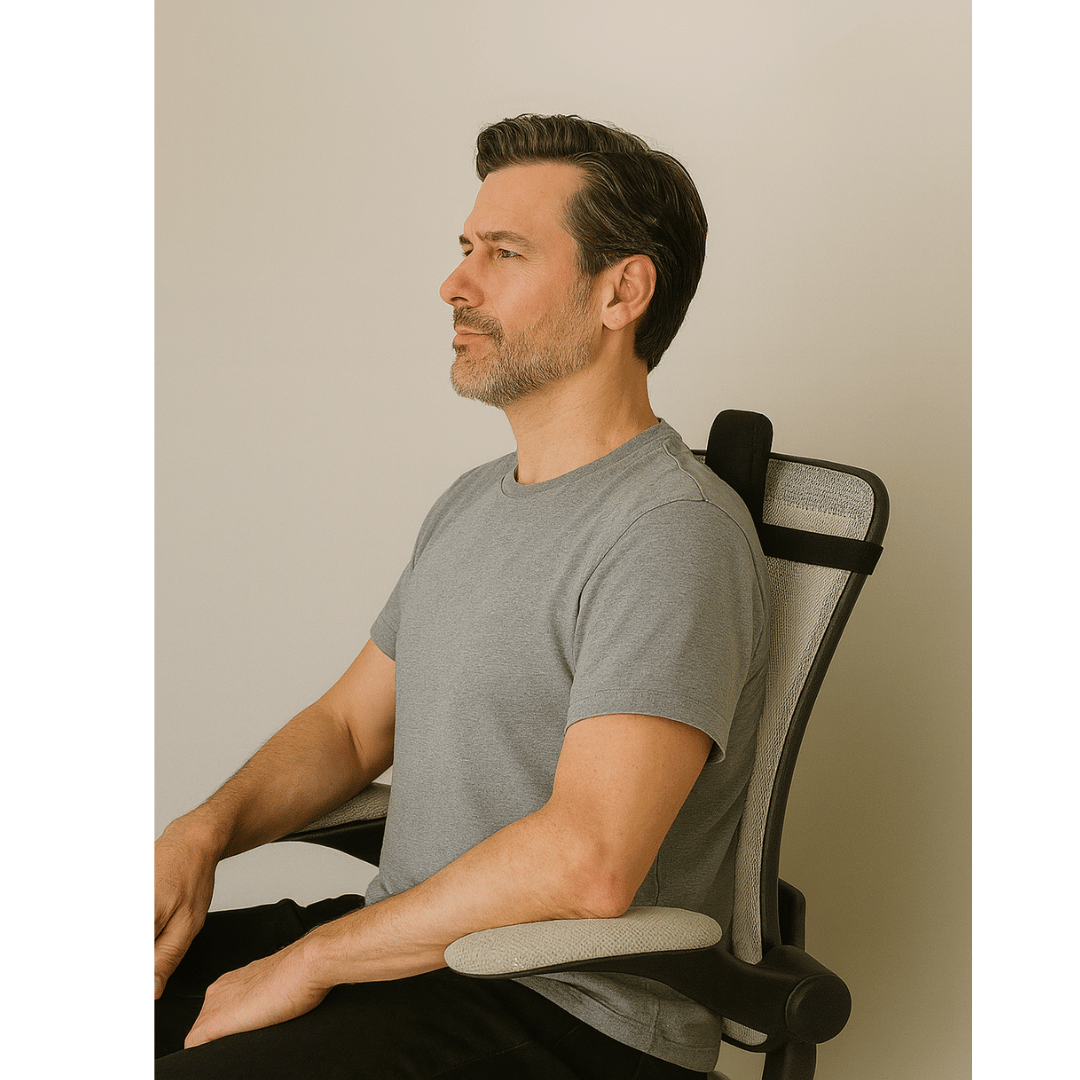
Baxby is designed to help your body do what it does best...adapt.

Baxby helps build strength to reduce tension


Science Based and Easy to Use
Title
it's about more than posture





Title
our goal is to help 100,000 people in 2025 eliminate back, neck, and shoulder pain through better posture.
Are you going to be one of them?
Title
Why Baxby Works
Title
Frequently
Asked
Questions
what is baxby?

Baxby is designed to help your body do what it does best...adapt.
Baxby helps build strength to reduce tension



Science Based and Easy to Use
Title
It's about more than posture





Title
results
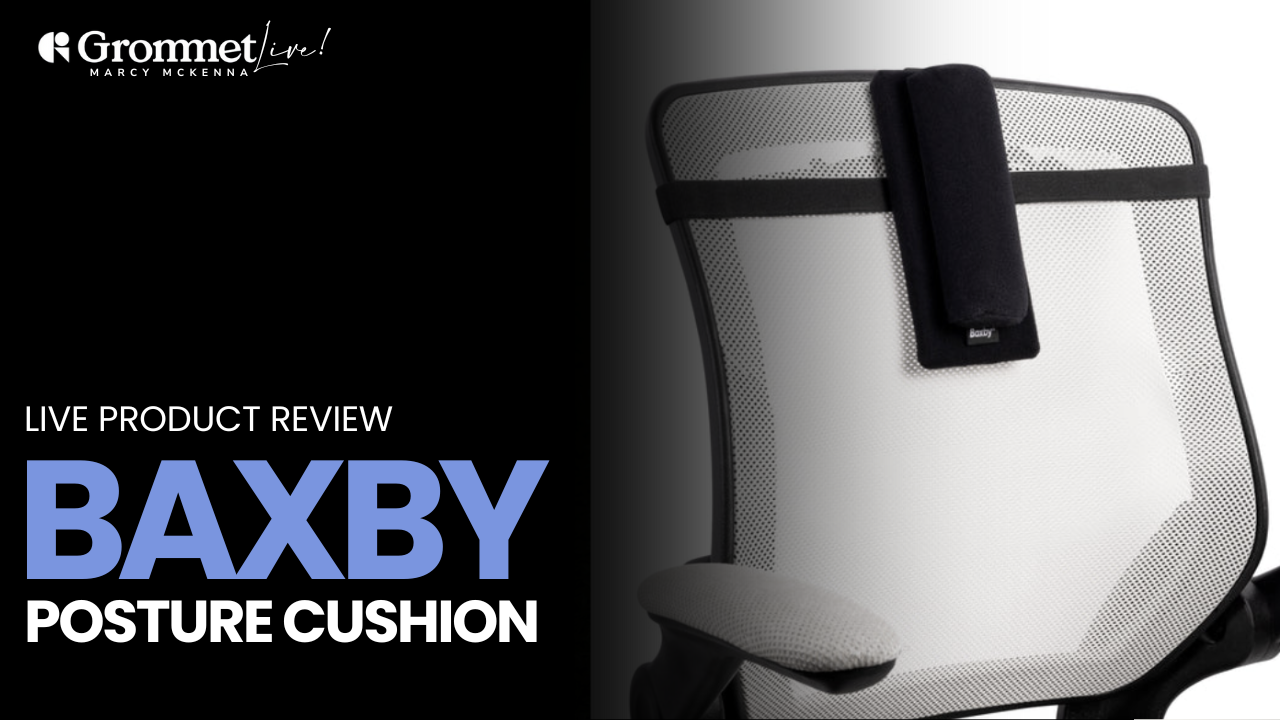
Title
why baxby works
Title
The Cushion

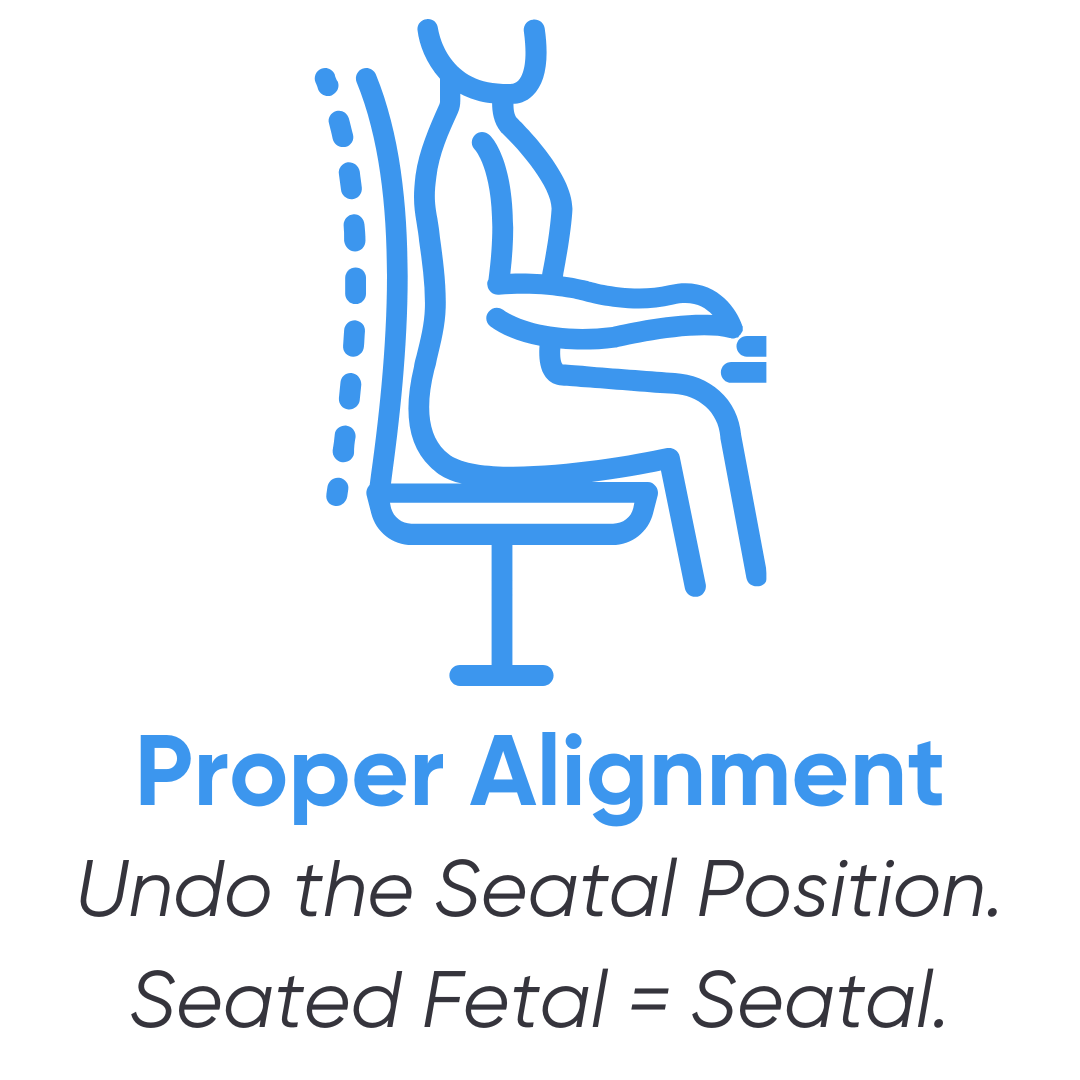



The Program

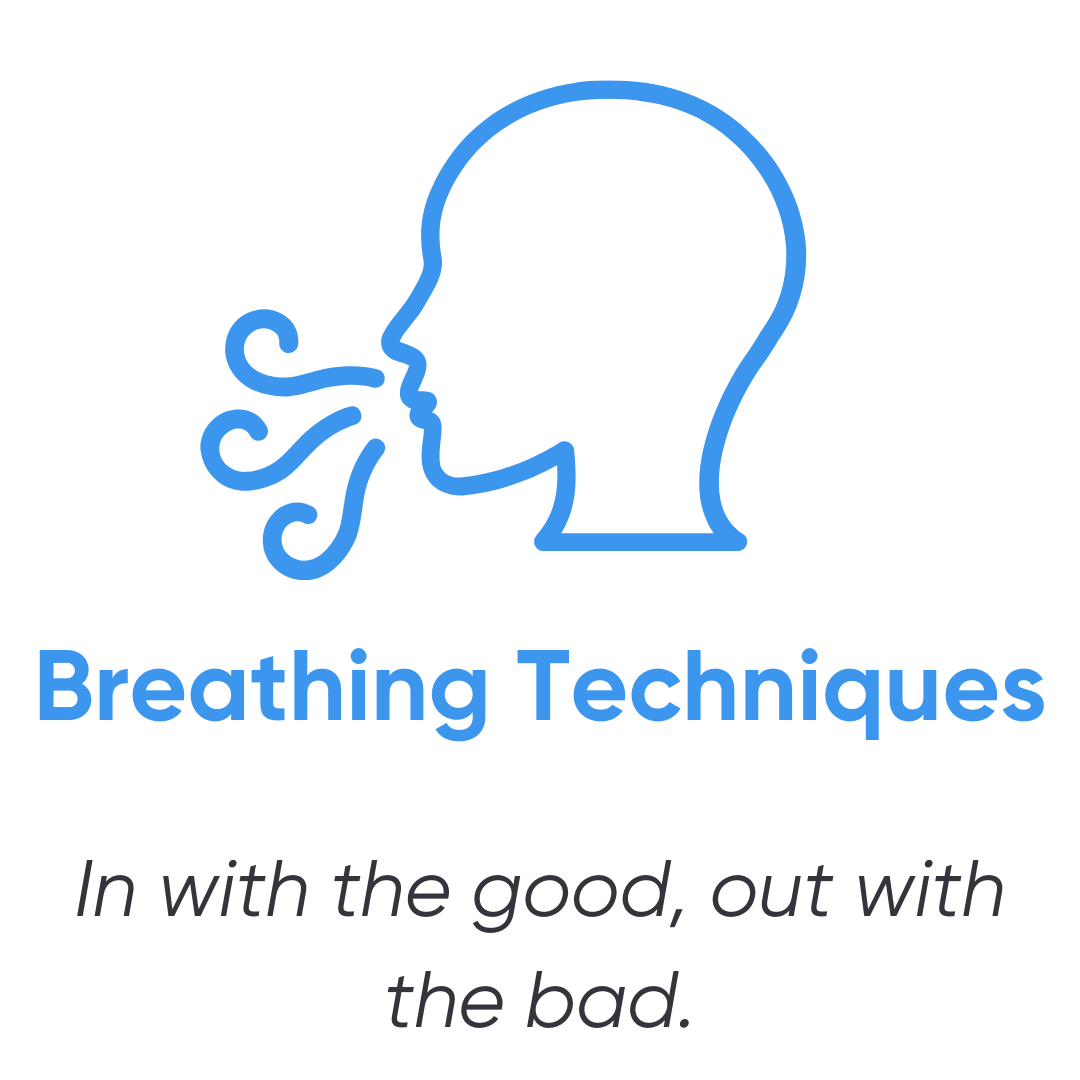
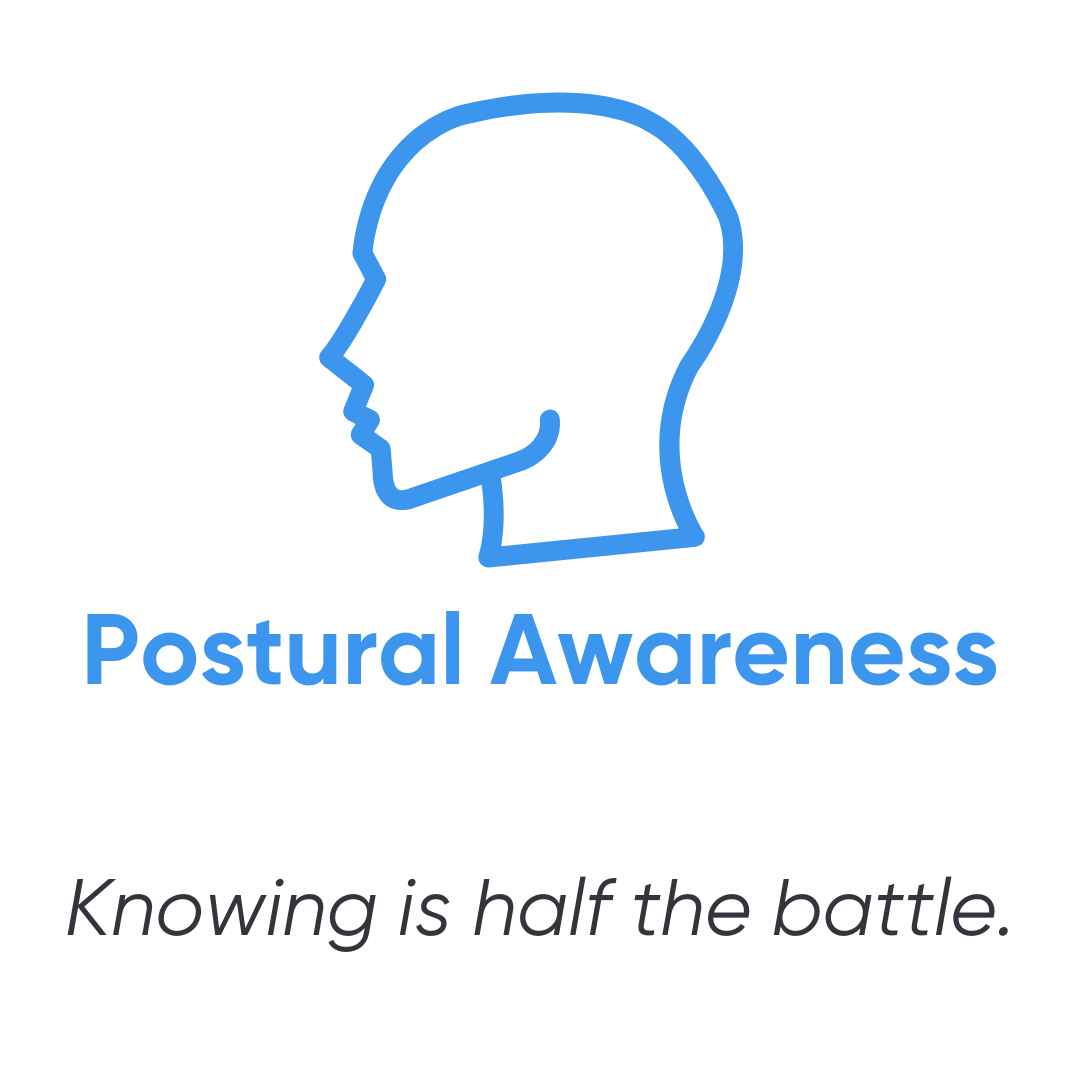

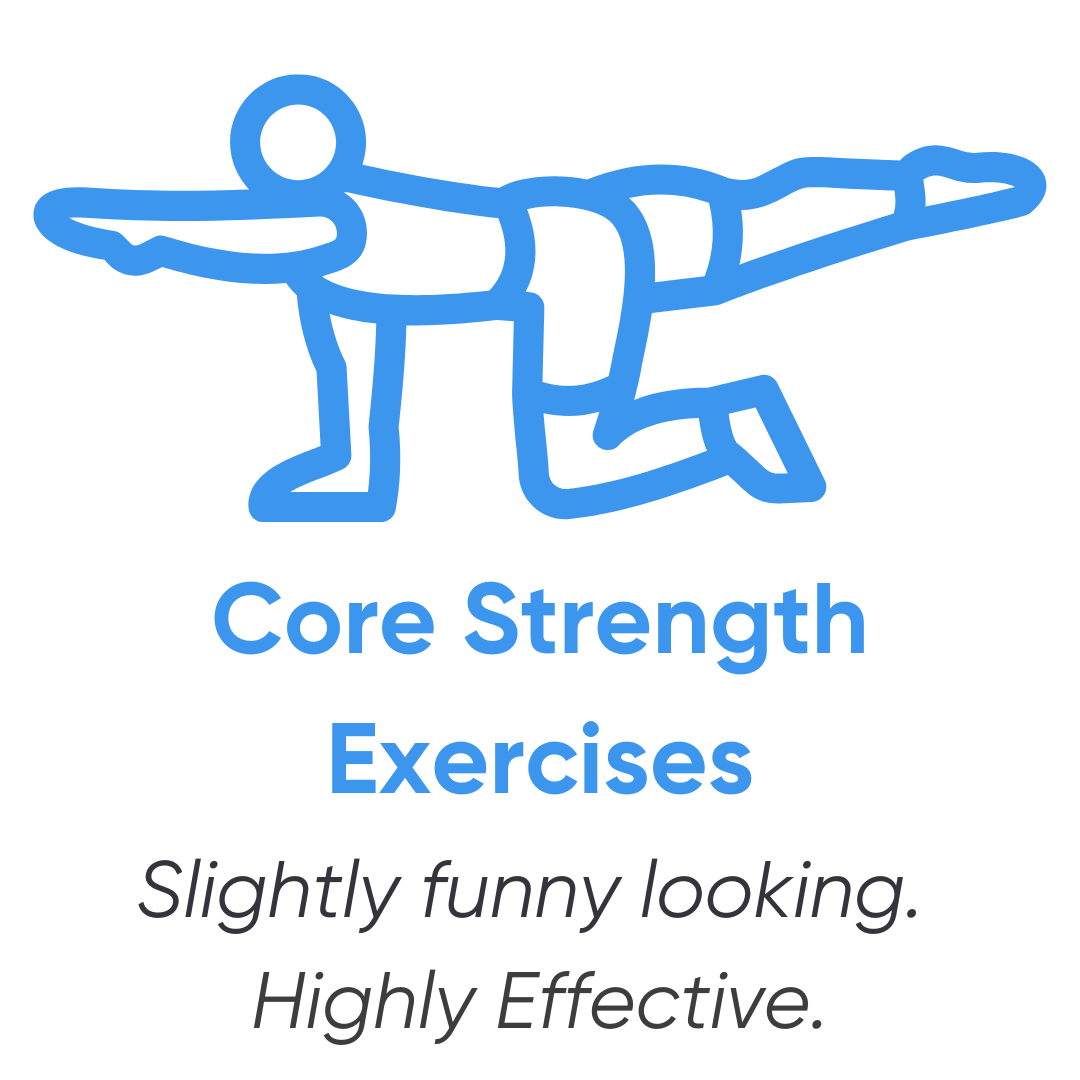
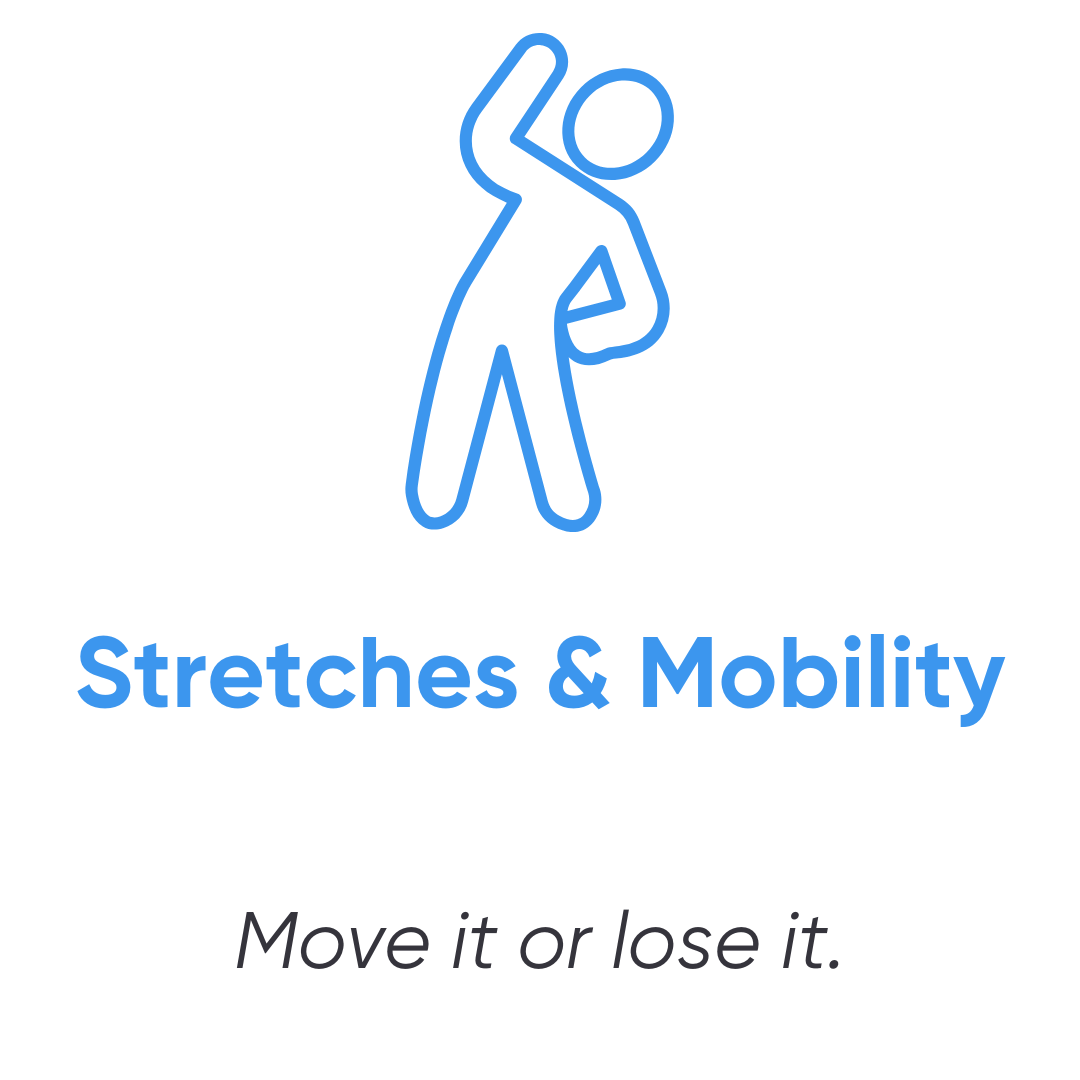
Title
you won't feel better tomorrow unless you do something about it today.
Title
Frequently asked questions
Title

